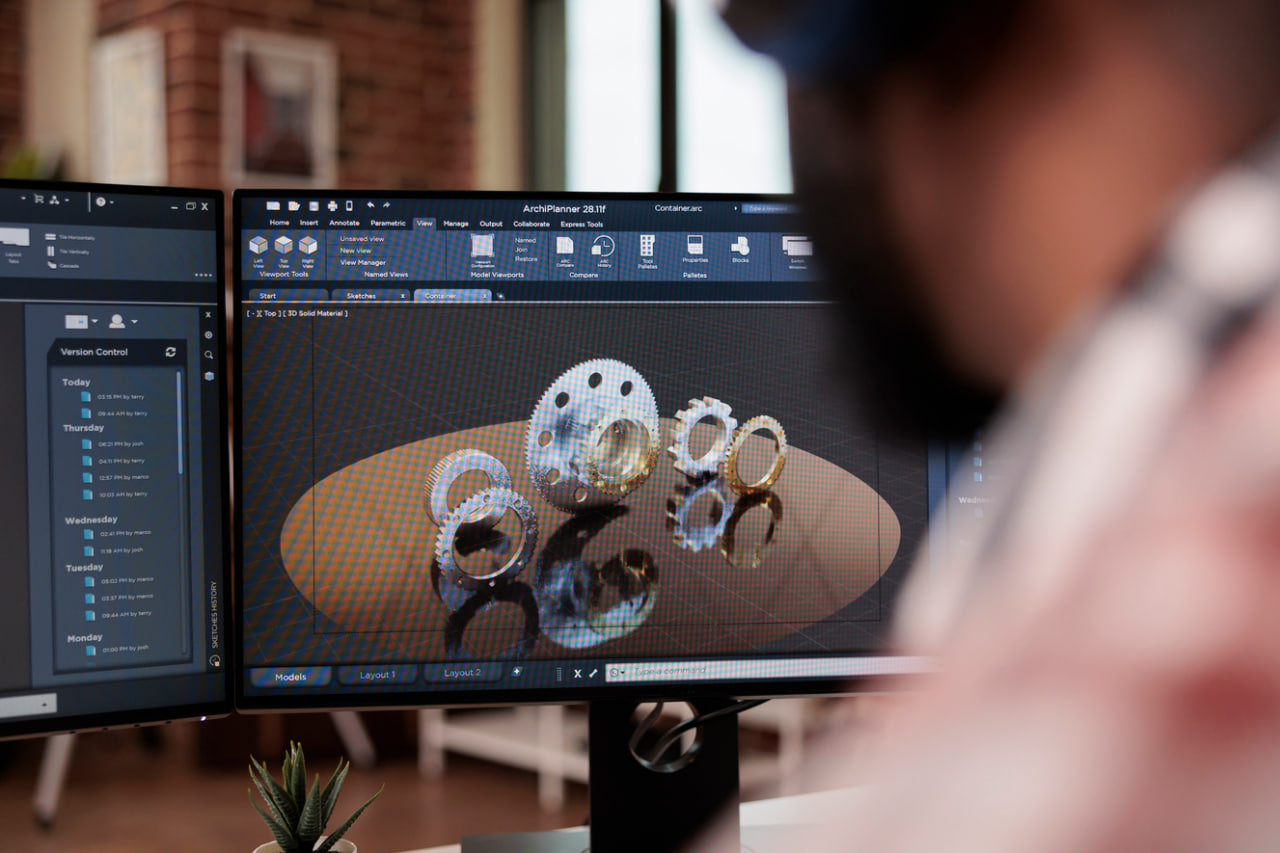Call us now:

3D art has grown into a thriving industry with opportunities in animation, gaming, virtual reality, product design, and digital marketing. For beginners and emerging artists, freelancing offers a flexible way to gain experience, build a portfolio, and earn income while pursuing creative projects. Understanding how to navigate the freelance world and the broader career landscape in 3D art is essential for success.
Why Freelancing Appeals to 3D Artists
Freelancing allows 3D artists to work on diverse projects, control their schedules, and select clients that align with their interests. It provides a platform to showcase skills, experiment with new techniques, and build a portfolio that reflects personal style. For beginners, freelancing is often the fastest route to professional experience and real-world application of 3D skills.
Building the Right Skills
Before taking on clients, it is important to establish a solid foundation in 3D modeling, sculpting, texturing, lighting, and rendering. Beginners should focus on learning one software thoroughly, completing practice projects, and understanding fundamental design principles. The more confident you are with your skills, the more value you can offer to clients and employers.
Finding Freelance Opportunities
There are multiple ways to find freelance work in 3D art. Online platforms like Upwork, Fiverr, and Freelancer allow beginners to bid on projects and build a client base. Social media, online portfolios, and networking can also generate leads. Reaching out to local businesses, indie game developers, or animation studios for small projects can be a practical starting point. Even personal projects shared online can attract attention from potential clients.
Setting Fair Pricing
Determining rates is a common challenge for new freelancers. Undervaluing your work may lead to burnout and lack of respect, while overpricing can make it difficult to land projects. Research industry standards for beginners and adjust rates based on complexity, time investment, and your skill level. Offering project-based pricing rather than hourly rates often works best for freelance 3D work.
Managing Client Relationships
Professionalism is key in freelancing. Clear communication, setting expectations, and meeting deadlines build trust with clients. Use contracts for every project, no matter how small, to clarify deliverables, timelines, and payment terms. Regular updates and feedback sessions help ensure projects stay on track and satisfy client needs. Developing good communication habits early sets the foundation for long-term success.
Building a Portfolio and Reputation
A strong portfolio and positive client feedback are essential for growth. Document completed projects, include screenshots and renders, and provide context for each piece. Collect testimonials and highlight successful projects to attract new clients. Over time, reputation and portfolio quality will open doors to higher-paying work and long-term opportunities in 3D art.
Expanding Career Opportunities
Beyond freelancing, 3D artists can pursue careers in animation studios, game development, visual effects, industrial design, or virtual reality. Each sector has unique demands and opportunities for specialization. Continuous learning, staying updated with software and industry trends, and participating in communities help artists remain competitive and adaptable to changing market needs.
